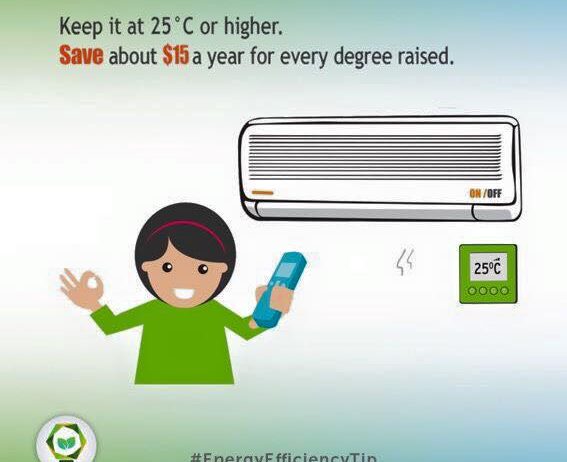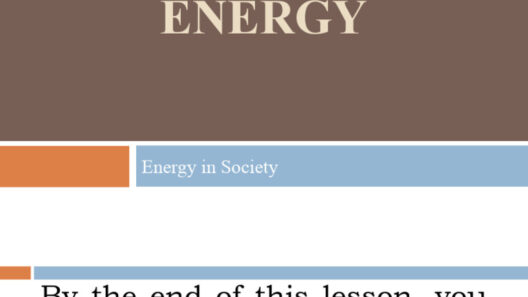In the labyrinthine world of modern living, air conditioning serves as both a sanctuary from oppressive heat and a notorious consumer of energy. As individuals and communities grapple with the escalating repercussions of climate change, understanding the interplay between comfort and conservation has never been more imperative. This discourse endeavors to illuminate the myriad ways one can conserve energy while effectively reaping the cooling rewards of an air conditioning system. By embracing intuitive practices and innovative technologies, we can transform our habitats into energy-efficient sanctuaries. Let us embark on this journey to keep cool while saving power, shedding light on energy conservation for the benefit of our planet.
Firstly, it is vital to grasp the importance of diligent maintenance of the air conditioning unit. Just like a well-oiled machine, an air conditioner that is regularly serviced can operate at peak efficiency. Routine check-ups are akin to a health regimen for your system, ensuring that filters are pristine, coils are cleaned, and electrical components are inspected. A clogged filter, for instance, can escalate energy consumption by as much as 15%. This minor oversight is comparable to trying to breathe through a thick veil—inefficient and exhausting. By mere diligence in maintenance, one can extend the lifespan of the unit and diminish its energy appetite.
Moreover, a profound understanding of thermodynamics can empower individuals to make informed decisions regarding temperature settings. During the sweltering summer months, setting the thermostat to a comfortable yet higher temperature, ideally around 78 degrees Fahrenheit, can significantly curtail energy usage. Each degree below this setting can increase energy consumption by 8-10%. Imagine the environment as a breathing entity; every degree lowered is a breath taken without the strain of overexertion. Thus, minor adjustments can cumulatively lead to substantial energy conservation, reducing not just electricity bills, but also carbon footprints.
Employing programmable thermostats is another ingenious stride toward energy efficiency. These technological marvels are akin to having a wise steward managing your cooling needs. By programming the thermostat to automatically adjust temperatures based on your daily routine, unnecessary cooling during unoccupied hours is avoided. As dawn breaks and occupants awaken, the temperature can gracefully lower, welcoming the day; as the sun sets, the system can rise to meet nightly cooling needs—all while conserving energy during idle times. The seamless transition orchestrated by a programmable thermostat embodies the essence of intelligent living, where comfort harmonizes with sustainability.
Furthermore, the physical environment surrounding the air conditioning unit plays a pivotal role in energy consumption. Just as a well-placed tree provides shelter from the sun, strategic landscaping can reduce the heat load on air conditioning systems. Planting deciduous trees on the west and south sides can shield windows from the harsh afternoon sun, lowering interior temperatures. Consider your home a canvas; every tree and shrub a brushstroke contributing to the overall masterpiece of energy efficiency. Not only does this enhance the aesthetic appeal, but it also provides natural cooling, ultimately lightening the burden on your air conditioning system.
In addition to external modifications, optimizing indoor air circulation can lead to delightful improvements in airflow. Ceiling fans and strategically placed portable fans act as allies in this endeavor, alleviating the dependence on air conditioning alone. When ceiling fans rotate counterclockwise, they create an invigorating breeze that enhances the cooling sensation, allowing for higher thermostat settings without compromising comfort. This equates to a visual symphony, where the dance of air currents beautifully balances energy conservation and comfort. When combined with air conditioning, fans can help maintain a consistent and pleasant temperature throughout the space.
Window treatments, such as shades, blinds, or reflective films, are further instrumental in regulating indoor climates. Consider them as armor against the sun’s relentless rays. When properly utilized, these coverings can impede heat gain during daylight hours, preserving the cool air generated by the air conditioning unit. Reflective window films, in particular, act as shields, deflecting sunlight while allowing visibility. By creating a harmonious amalgamation of aesthetic appeal and energy efficiency, homes can remain cool without over-relying on artificial cooling methods.
Lastly, incorporating energy-efficient HVAC systems can make a profound difference in energy consumption patterns. Energy Star-rated units are designed to operate with enhanced efficiency and significantly lower energy costs. Transitioning to these models might resemble investing in a vessel constructed to sail smoothly through the waves of sweltering heat, utilizing resources with utmost frugality. Coupled with proper insulation and sealing techniques, an energy-efficient HVAC system can take a home from merely livable to a paradigm of comfort and sustainability.
In conclusion, the quest to conserve energy within the realm of air conditioning is not merely an individual endeavor; it is a collective call to action. As we harness the wisdom of regular maintenance, adept temperature management, technological enhancements, environmental strategies, and thoughtful infrastructure, we coalesce to effectuate positive change. In these efforts, we grasp the tender balance between our desires for comfort and the imperatives of environmental stewardship. Every small step taken in this journey resonates within the corridors of our planet, echoing the harmonious message that together, we can keep cool and save power for generations to come.








